GigaTAG Tells UK Gov How to Boost Gigabit Broadband Adoption UPDATE

The new Gigabit Take-Up Advisory Group (GigaTAG), which is supported by Which?, Ofcom, the FSB, CBI and other groups, has today set out their final report on what they think the UK Government needs to do in order to boost take-up of 1Gbps capable broadband services. Expect clearer labelling and more advertising campaigns.
At the end of last year over 37% of premises were already within reach of “gigabit” (1000Mbps+) speeds and that’s up from 22.1% a year earlier (here). By the end of 2021 this is expected to reach over 60% of premises, which is mostly thanks to Virgin Media’s DOCSIS 3.1 upgrade of their existing Hybrid Fibre Coax (HFC) network, as well as the increasingly rapid deployment of Fibre-to-the-Premises (FTTP) networks.
On top of that the Government’s £5bn Project Gigabit programme is aiming to boost this by targeting a minimum of 85% “gigabit-capable” network coverage of the UK by the end of 2025, although its focus is primarily on fostering such connectivity to the final 20% of hardest to reach – mostly rural – premises (c.5-6 million). By comparison, commercial deployments alone are largely expected to reach around 80%+ of premises (Openreach alone may hit this).
Network availability thus remains a key barrier to adoption of gigabit capable networks, although today’s report is more concerned with what happens once that service has actually become available. Helping operators to grow take-up by consumers is important because it confirms the business model to investors (operators often like to get at least 20-25% take-up) and that in-turn can encourage more investment.
At the same time, we shouldn’t forget that take-up of any new service is something that will usually grow organically over time. Only on very rare occasions do we see 100% of people in a given area sign-up to a new service immediately, instead it often takes several years for this to mature (growing most rapidly during the first 1-3 years). A quick look at the historic take-up of so-called “superfast” (24-30Mbps+) lines helps to highlight all this.

The Challenge of Growing Take-up
We know from history that a number of factors can impact take-up, such as the higher prices for gigabit-capable services, as well as a lack of general awareness (i.e. people not knowing that it exists in their area) or interest in the new connectivity (e.g. if you have a decent ADSL2+ or FTTC speed and only basic needs then you might feel less inclined to upgrade).
The fear of switching to a different ISP may also be obstructive, and so can long-term contracts with existing packages (customers can’t switch immediately). On top of that, we’ve long complained about the difficulty of accessing coverage data to build our own multi-network availability checker, with major operators like Openreach and Virgin Media being resistant or putting too many obstacles in the way.
In other cases, gigabit services may be available, but consumers might choose not to sign-up due to a dislike of the ISP offering the service (i.e. once bitten, twice shy) or the fact that there may not be enough service choice from the only available ISP (e.g. lack of static IP addresses or being forced to use a poor quality bundled router).
GigaTAG’s Solution
The preliminary December 2020 report from GigaTAG (here) proposed a number of possible changes, such as clearer labelling and terminology for related broadband packages (potentially ending the abuse of “fibre” in FTTC broadband advertising). A report from CityFibre and WIK Consult in March 2021 has already put some flesh on the idea of a new labelling system (here).
On top of that, there was talk of additional information campaigns to help raise awareness of new networks and a new availability tool to help people discover what’s available. Sadly, this idea didn’t make it into the final recommendations as GigaTAG were concerned about the “risk of duplication” with existing checkers, and they also recognised Ofcom’s work implementing the EECC. This requires providers to share address-level broadband availability information that is published on their websites with qualifying digital comparison tools by December 2021, although we haven’t seen much activity or engagement on that front from the biggest players.
We should point out that some of the other barriers identified by the group are already being addressed through Ofcom’s current work programme (e.g. improved switching between networks, end-of-contract and annual best tariff notifications etc.). Otherwise, the final report largely echoes many of the aforementioned ideas.

The question now is on when and how this will all be implemented. The ideas are clearly on the table, but it will still require a concerted effort from the government, Ofcom and UK ISPs in order to ensure that they are acted upon.
Rocio Concha, Chair of the Gigabit Take-up Advisory Group, said:
“Digital connectivity has never been more important, with the pandemic highlighting how dependent consumers are on a good broadband connection for daily activities such as remote working, access to services and keeping in touch with family and friends.
Demand for faster, more reliable broadband services is crucial to the success of the roll-out of gigabit-capable broadband, and to ensure the benefits of these connections are realised. Better information about the benefits, measures to improve the language used to describe these services, along with possible targeted voucher and discount schemes, will help to address the barriers preventing consumers from benefiting from better connections.”
Matt Warman, UK Digital Infrastructure Minister, said:
“Gigabit broadband is the next giant leap forward in internet technology and our record £5 billion investment is rapidly fueling the rollout – with 60 per cent of the UK due to have access by the end of this year, up from just 12 per cent in 2019.
We believe passionately in making sure everyone can feel the benefits of these lightning-fast speeds and I will be carefully considering GigaTAG’s welcome proposals for boosting consumer take-up.”
We should point out that some of these ideas might yet meet resistance, much as we saw when Cityfibre failed in their attempts to stop slower “part fibre” (hybrid fibre) ISPs from using “fibre” terminology in their adverts, which many gigabit-capable “full fibre” (FTTP) providers have long felt to be “misleading“. But as the market moves on from FTTC then that bridge may become easier for everybody to cross.
Nevertheless, the real barrier remains one of availability and choice. As we said earlier, as networks evolve then consumers do eventually adapt and, eventually, there will come a time when major ISPs need to start considering the merits of automatically migrating customers on to these newer networks from legacy platforms. But we probably won’t see mass migrations like that until coverage has improved.
UPDATE:
Added a comment from the UK Internet Service Providers Association (ISPA).
Andrew Glover, Chair of ISPA, said:
“ISPA welcomed the opportunity to support the work of the GigaTAG. The pandemic has highlighted the importance of digital connectivity more than ever and while our members are rolling out gigabit capable networks at pace, it will be equally important to ensure that take-up continues to grow. GigaTAG makes a number of important recommendations and it will now be the responsibility of our members, Ofcom, local and central Government to take these forward.”
David Cullen, INCA Board Member and Representative on GigaTAG Stakeholder Group, added:
“INCA was delighted to be part of the GigaTAG stakeholder group and share the insights of the many altnet members driving adoption as well as coverage of gigabit services. The benefits of ‘going giga’ have been recognised before; the GigaTAG report is highly valuable in identifying the obstacles and suggesting recommendations to overcome them.
We strongly encourage all stakeholders to maintain this momentum- with its focus on ‘clarity and quality’ as much as ‘speed’ – to improve adoption by residents and businesses above the >30% average seen on altnet networks nationally (cf the recent Point Topic report). This will in turn provide even greater assurance for operators and investors in accelerating the use of their £12.1bn of funding alongside HM Govt’s grants, to achieve our intention for a fully Fibred ‘Faster Britain’ ahead of 2030.”
UPDATE 8:57am
We’ve had a few more comments come in.
An Ofcom Spokesperson said:
“We agree it’s important people can understand the benefits of these faster, more reliable connections. So we’ve already begun work with industry to make sure customers can compare clear, consistent information from different providers.”
Catherine Colloms, Openreach MD for Corporate Affairs, said:
“We’ve been stressing the importance of awareness and adoption of better broadband for years, so it’s encouraging to see GigaTAG working to address these challenges in the market.
Nearly five million homes and businesses can order an ultrafast, ultra-reliable ‘full fibre’ broadband service over our network today and there’s a range of different providers offering some fantastic deals using our infrastructure.
We’re building to 25 million premises all over the UK during the next five years, so we’d encourage everyone to visit our online postcode checker to see when our £15bn build programme will be reaching their town or village.”
Netgem UK, TV and WiFi Supplier for Ultrafast Altnet ISPs, said:
“Netgem welcomes the GigaTAG report and its recommendations on use cases to help demonstrate the benefits of gigabit broadband, but by failing to recognise the importance of triple and quad play services like TV as a key part of an incentive to switch, it is a bit of a missed opportunity.
As the report makes clear, consumers need to be encouraged to upgrade to gigabit speeds. Being able to offer a TV service and access premium entertainment streaming services will not only help customers see the value of upgrading to faster speeds, it will also help new operators deploying full fibre compete with more established names.”
UPDATE 9:59am
More comments..
Greg Mesch, CEO at CityFibre, said:
“With future-proof Full Fibre being rolled out at pace across the UK, GigaTAG’s report makes clear that consumers do not yet have the information they need to switch to and benefit from the superior connectivity that will soon be available to them. At this critical point in the UK’s Full Fibre journey, we cannot afford to leave consumers in the dark.
We look forward to working with all stakeholders to ensure consumers have the full range of information available to them – upload speed as well as download speed, reliability and resilience – so they can make an informed choice of the product and network type that best meets their needs.”
A Virgin Media O2 spokesperson said:
“As the demand for data continues to grow, we’re going gangbusters for gigabit to bring future-proof services to more homes and businesses – delivering these speeds across our entire broadband network by the year end. With this major investment providing greater value and speeds almost 15 times faster than the national average, we welcome any thinking that is aimed at increasing awareness and the understanding of this next-generation connectivity.”
Tristia Harrison, CEO at TalkTalk, says:
“We support the research carried out by GigaTAG and continue to work with the government, Ofcom and wider industry to promote the levelling up of the UK by ensuring full fibre is affordable and accessible for all. Limited awareness of full fibre and its benefits is a clear barrier to adoption, so it’s important that we work together to build consumer understanding.”
Paul Stobart, CEO of Zen Internet, added:
“The internet’s importance has become even more apparent over the past 18 months and whilst it’s good to see the UK government heavily investing in improving connectivity across the country, it’s vital that as an industry we don’t fail on educating consumers and businesses on the benefits this brings.
Gigabit broadband is going to play a crucial part in levelling up the accessibility to high-speed internet for the whole country. Many are already reaping its benefits with significantly enhanced download and upload speeds, reduced wait times and an improved online experience. For consumers this can mean a much better service for online gaming, streaming 4K and potentially even 8K television in the future. Whereas for businesses, this can be instrumental in improving the customer journey, enhancing speed of downloading large files, enabling access to cloud-based storage and much more, empowering any UK business that is an early adopter, a tangible advantage over competitors.”
Mark is a professional technology writer, IT consultant and computer engineer from Dorset (England), he also founded ISPreview in 1999 and enjoys analysing the latest telecoms and broadband developments. Find me on X (Twitter), Mastodon, Facebook and Linkedin.
« Q1 2021 Progress Update on Wales BT FTTP Broadband Rollout
ISP Broadband for Rural Kent Goes Live with New FTTP Network »
Latest UK ISP News
- FTTP (5530)
- BT (3518)
- Politics (2542)
- Openreach (2298)
- Business (2266)
- Building Digital UK (2247)
- FTTC (2045)
- Mobile Broadband (1977)
- Statistics (1790)
- 4G (1668)
- Virgin Media (1621)
- Ofcom Regulation (1465)
- Fibre Optic (1396)
- Wireless Internet (1391)
- FTTH (1382)






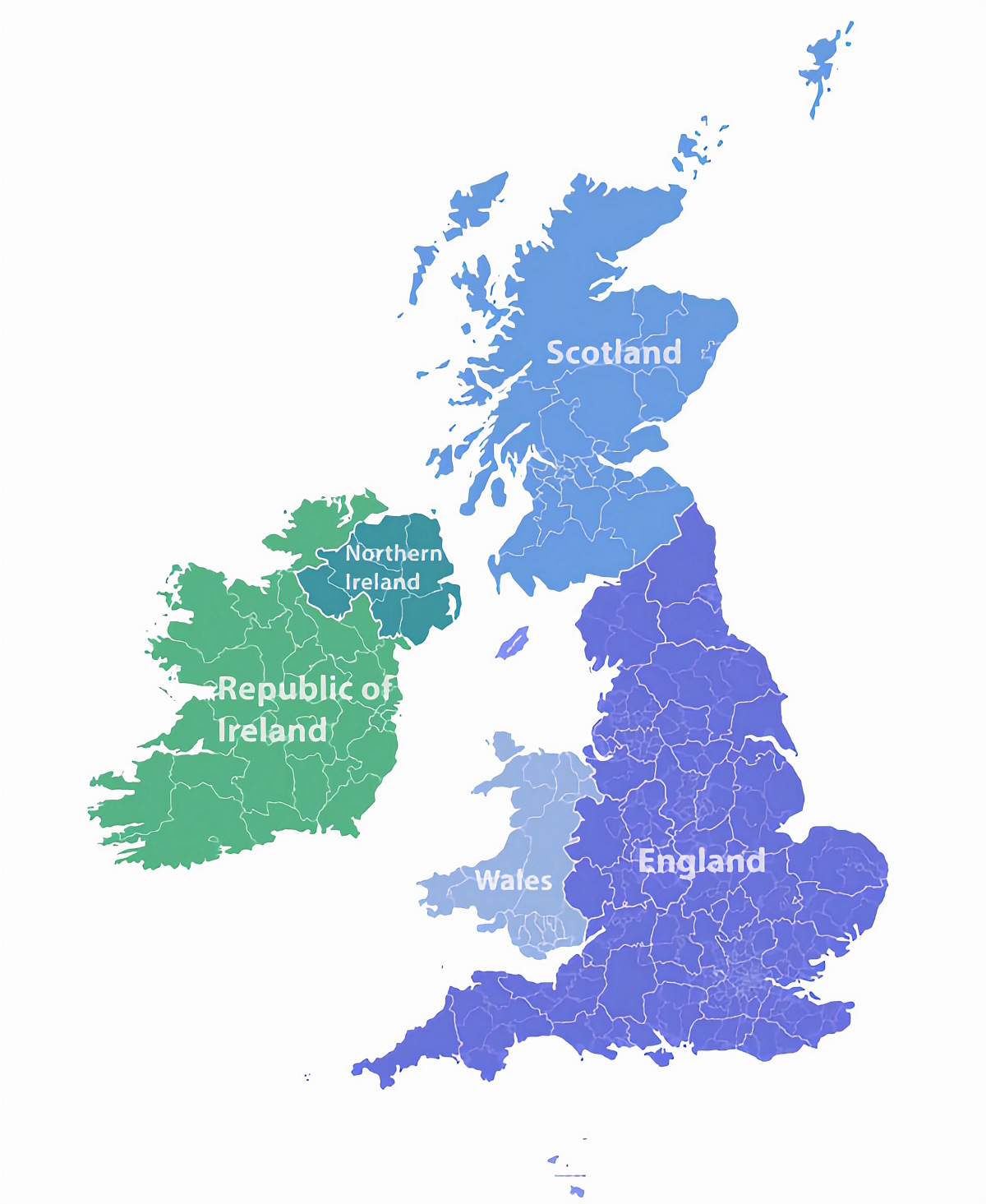
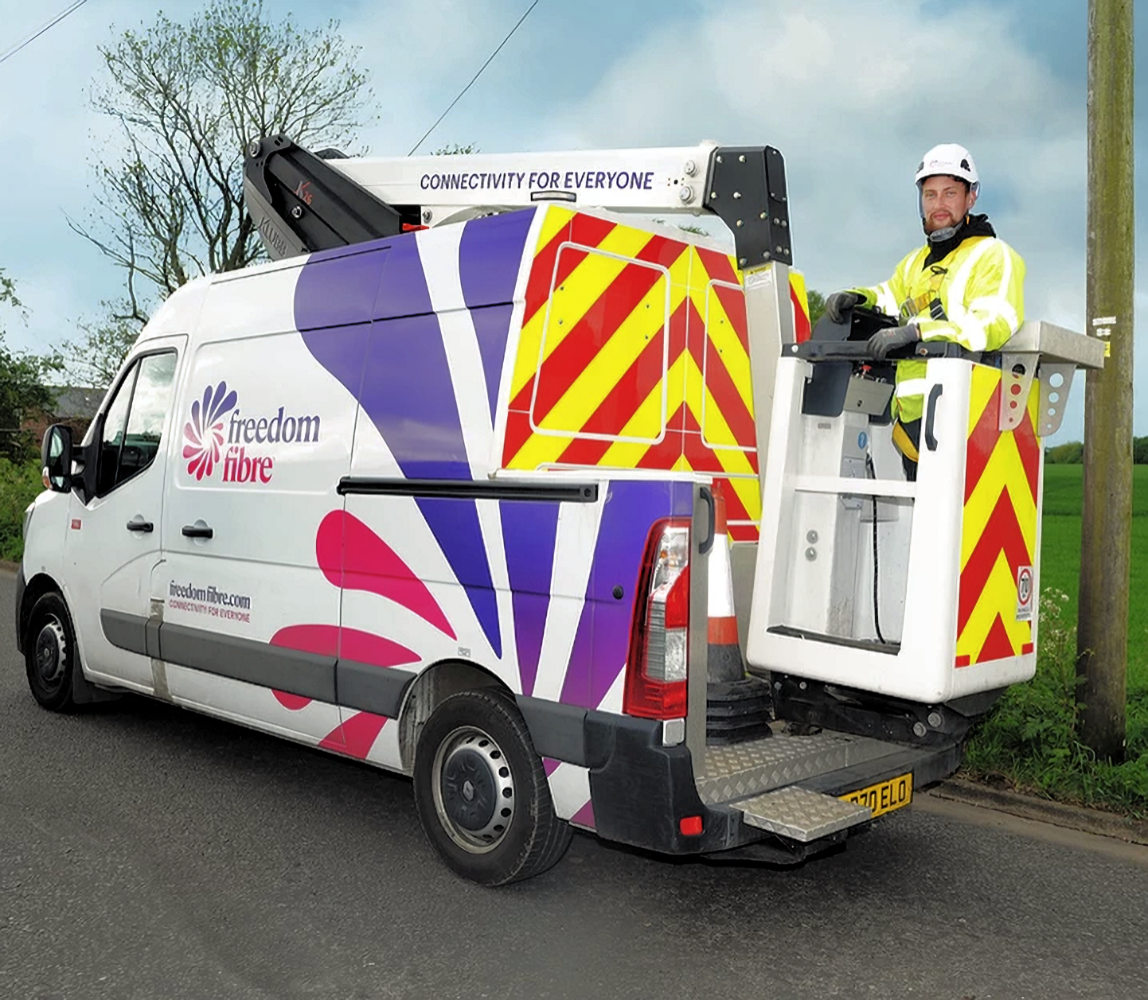

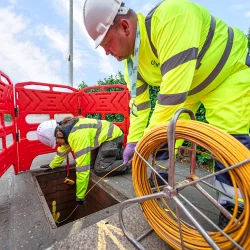
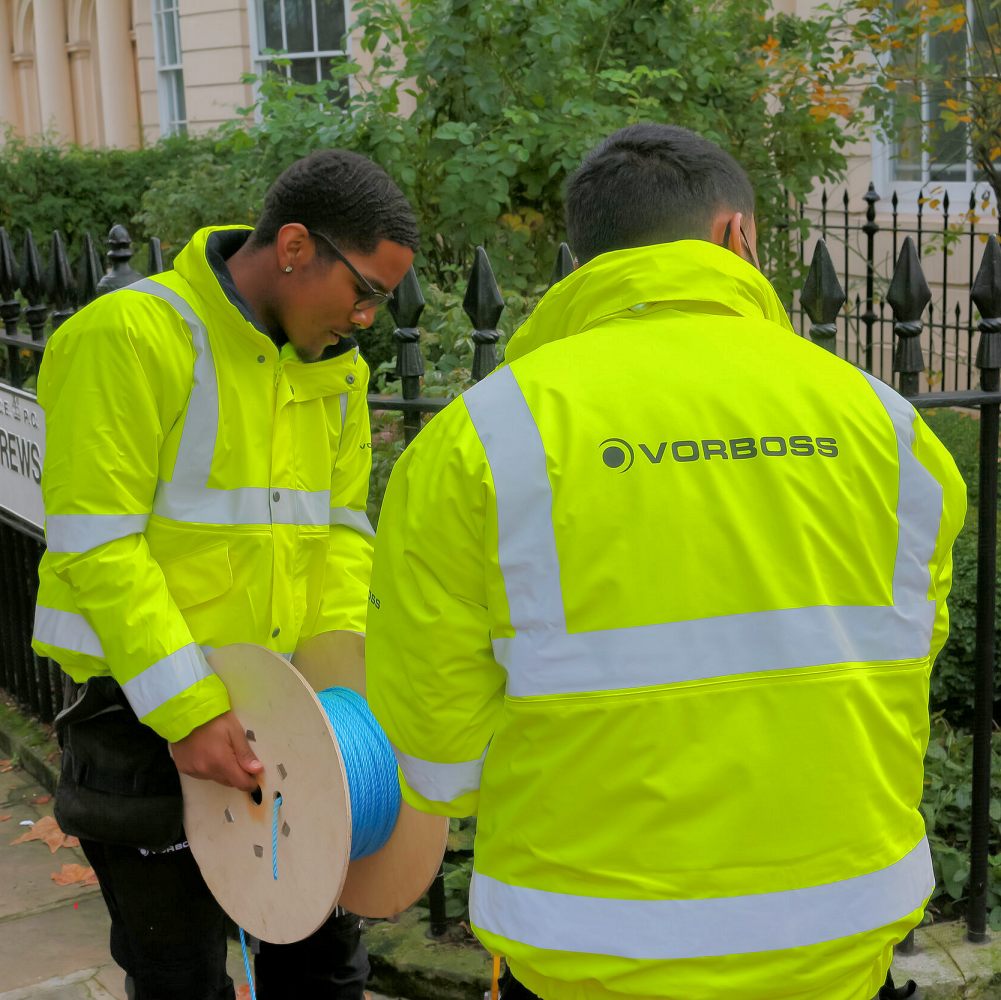


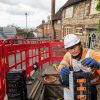








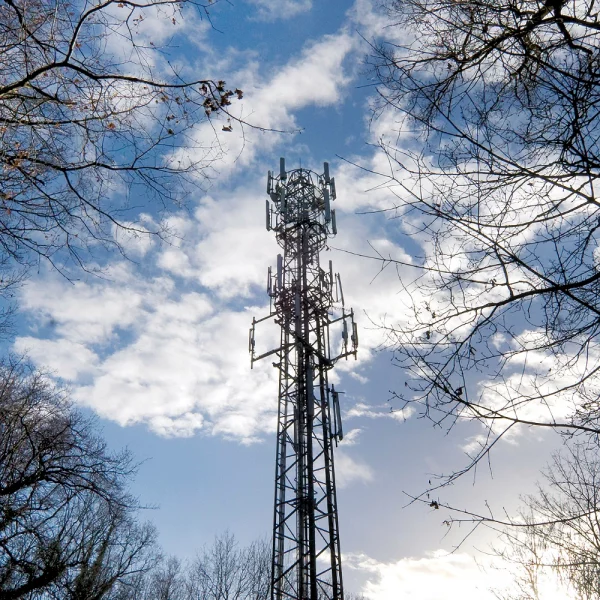
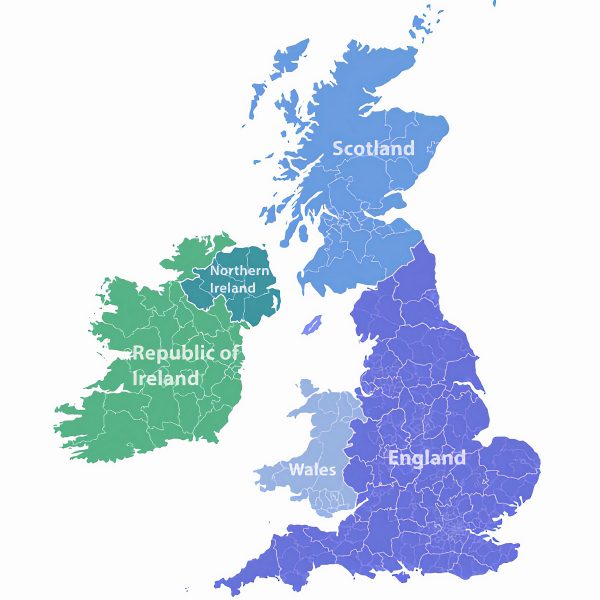
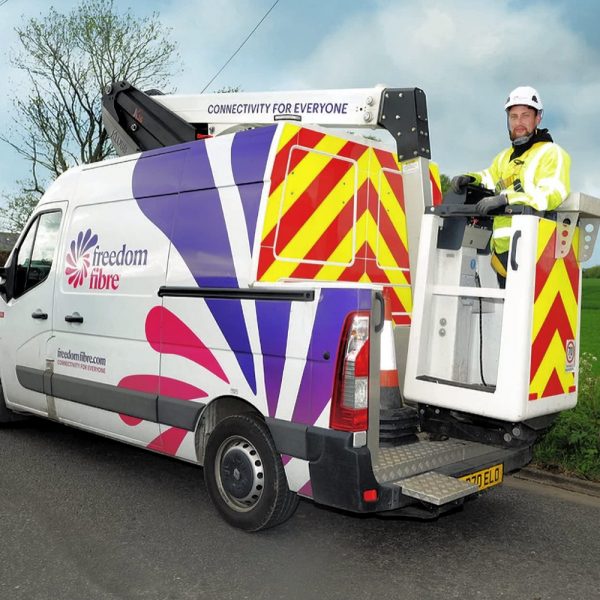




































Not sure why people are obsessed with its adoption.
Make it available sure, but if people are not adopting it – its clear they do not need it yet.
Because adoption rate drives investment rate…..
because the copper cables are rotting away in the ground and phone and xDSL service will only degrade over time, particularly since BTOpenReach are going to be actively neglecting the maintenance of this legacy product.
But rotting cables won’t make people just to fttp :o)
Imagine that advert?
I’m saying it’s the same issue when going from adsl to fttc.
Some will jump at it,others are fine with a slower product.
I would have thought adoption rate will tend to depend on need. If you provide fibre to an urban area with good FTTC speeds, adoption rate will be low; conversely provide fibre to a rural area with only sub USO ADSL and adoption rate will be high.
It also depends on churn between providers and what the providers will provision.
Hopefully where FTTP exists most providers will have the sense not to sell FTTC even before the formal STOP SELL date.
ADSL only areas will have a high take up of FTTP, although as 4G is now used by many in rural sub-USO areas maybe not as high as it would have been a year or two ago.
Also in such areas that do get FTTP there is unlikely to be any churn as there will be only one AltNet available.
If GigaTAG aren’t fixing (potentially ending the abuse of “fibre” in FTTC broadband advertising) then whats the point.
Some of that may depend upon how Ofcom goes about implementing a gigabit-ready style labelling system.
I suspect that BT and Sky will drop this as soon as they have better FTTP coverage
They seem quite content to use ‘Full Fibre’ Their site on the pages where they kindly explain the differences , uses the term ‘traditional fibre’ along with full fibre being their next generation fibre.
The comparison sites are littered with ‘Fibre’ products that quite simply aren’t. Ofcom and the ASA need to grow a set and put an end to it once and for all
Relying on ofcom to implement it is like getting the chuckle brothers to move furniture!
@A_Builder But it shouldn’t be left to them to do it eventually voluntarily
I find this maddening
Maybe the simplest distinction between FTTC and FTTH/P would be to call the former Partial Fibre and the latter Full Fibre ?
Why not now then or a few years ago, The core network has been ‘Partial Fibre’ for a long time, well before FTTC.
Same old story with ‘Green’ products, much of the time it depends how far back in the supply chain you choose to look.
FTTC has never been Fibre broadband just the same as Virgin cable isn’t.
it should be called ‘hybrid’ broadband & ‘fibre’ broadband, that’s what it is.
Good luck encouraging the masses to pay more for a product they don’t need.
Possibly they need to headhunt their advertising staff from the Beauty and skincare industry,
Coppers now obsolete in there phasing it out with full fibre so eventually they have to is just ignorant people holding progress just because they don’t understand why they need it doesn’t mean It should hult the progress for everyone else
@Matthew not according to several BT engineers i’ve spoken to recently. copper network will still be around for another decade due to cost. last year we had our pole upgraded to FTTP point, copper box one side (to the fibre cabinet) & fibre box on the other (to the exchange). people aren’t switching, our speeds on copper is 73/74mbit & 18.6mbit which is fibre to the cabinet & copper to our house, more than enough for most and far cheaper than what they’re asking for FTTP.
Adoption of FTTP, and adoption of gigabit services, are two different things.
For most people, price is the key decider. If they’re paying £22 per month for a 40/10 FTTC service, they will be happy to switch to a 40/10 FTTP service, as long as it’s a similar price. Those currently getting slow or unreliable copper service will be grateful for the better service – but they don’t want to pay more.
Separate from that is gigabit adoption. Almost nobody *needs* gigabit today, and people are not stupid: those who want it will buy it; those who don’t, won’t.
The FTTC adoption curve is misleading. The migration from ADSL to FTTC can be explained by:
1. The products are now almost exactly the same price
2. Many ISPs have been quietly withdrawing ADSL, essentially forcing people onto FTTC where it is available
If Mrs Thatcher still our prime minister she will never bring FTTP in UK. It’s all her fault in 1980’s when she rejected FTTP rollout with British Telecom.
… and BT sold their cutting-edge technology and equipment to the likes of Japan’s NEC at a knock-down price
You are correct sir what a b****
the majority of exchanges weren’t digital at the beginning of the 90’s, my step father was a BT engineer working on fibre optic back then doing upgrades.
it wasn’t viable when there wasn’t a need for residents properties, as copper was more than adequate, 80’s was before the dawn of the internet for home users.
1990 apparently: https://www.techradar.com/uk/news/world-of-tech/how-the-uk-lost-the-broadband-race-in-1990-1224784 , not one of thatcher’s better decisions.
The gov wanted US cable companies cabling up the UK (that went well!!) and BT set to lay fibre and with plans to get into Interactive TV would have stifled that.
I wonder how much money would have been saved if BT had got their way.
Hate to break this to you but Margaret Thatcher died 8 years ago and hasn’t been PM for 31.
Nobody has prevented from doing fibre for more than a decade now, this has nothing to do with Thatcher. It has more to do with the sheet incompetence of telecom companies that up to this day the big majority in this country has no access to fibre broadband.
Indeed. GNewton on ISPR comments knows way more about how to run a telecomms company than telecomms companies do.
One incredibly obvious way to increase adoption by customers is by having simple crystal clear naming of services.
Dump the whole “superfast, ultrafast” marketing buzzwords.
We need people to know the speed, name them as they are:
60mbps FTTC (fibre to the cabinet, ‘last mile copper’).
1,000 (or 1gbps) FTTP (fibre to the premises/home).
The sooner people can realise they are paying for slow internet, the faster they will upgrade.
The sooner people can realise they are paying for slow internet, the faster they will upgrade.
Reply
Assuming they can can upgrade to faster services, its not a level playing field.
I agree with you Bob.
Cut the broadband crap definitions,superfast ultrafast.
I live in the sticks,fastest download speed i get is 10Mb and 1Mb upload.
is that ultrafast!!
Just give everyone 100Mb download and 30mb upload nationwide,
Do you not think people might notice the Internet is slow for their by maybe using it rather than going by a brand name?
@Bob
Too many people seem to have odd hangups about the naming of broadband services. You seem to ignore the fact that all purchasers are told the expected speed of the service to their property before they complete the purchase process. Given this happens, why do you think that they are likely to be confused by the use of terms like superfast etc?
The first step is getting installed in every area the second Step is telling people why they need it
The golden rule is: follow the money! Make it expensive for BT to not upgrade, hit them in the wallet. They’re a business, they’re not a benevolent government service.
Thus the most effective way to get BT to invest is to stop them being able to milk the cash cow of legacy copper services.
Most people have a phone line for internet, so, link the monthly price that BT can charge for line rental to the speed achievable on the line, as a proportion of the 80M speed a VDSL2/2+ circuit could achieve. Also, don’t allow them to use the revenue from copper circuits to subsidise the rollout of fibre.
I have to pay full price for line rental even though my long copper wire can only achieve 40M not 80M, therefore I deserve to pay only half the cost!
I don’t need my copper wire to have a dial tone, since for just £8/month I get unlimited voice/text as well as data on my mobile, far better value than a landline service.
This would immediately give BT a huge financial incentive to roll out fibre into areas previously declared marginally economical. This would also make the pricing fairer for all those waiting for an upgrade.
@Paul M: Won’t work, BT would simply ignore hard to reach rural areas or small towns, as it already does anyway, unless getting more taxpayer’s money.
Other than that most of that is unlawful and would have an enormous amount of unintended consequences sounds good.
@PaulM
The problem with simplistic “solutions” is that they generally have significant flaws. In your case, the obvious starting point is that the measures you describe have no basis in law, so would fail anyway. If you ignore that, you then get on to the various unintended consequences.
For example, if ISPs can only charge in proportion to the actual speed/headline speed of the service, you’d see two likely reactions. Firstly, many ISPs would quickly lose interest in selling to anyone below a certain speed threshold – this happens now anyway, this would simply increase it, resulting in a loss of competition. Secondly, any sensible ISP would restrict the services on offer on affected lines; in your case, you’d only be able to buy 40Mbps services. As for not wanting voice services, this is available now from some ISPs, just don’t expect to see much difference in price.
Coppers now obsolete in there phasing it out with full fibre so eventually they have to is just ignorant people holding progress just because they don’t understand why they need it doesn’t mean It should hult the progress for everyone else.
You do realise they are many many areas with only fttp or even just copper, how are they ignorant? What magical choice do they have, cotswold town I live in there’s no plans to introduce fttp for years, who knows maybe a decade, there’s no choice for some!
@Mark
I think you would be better rewording and then reposting this as it’s not at all obvious what you are trying to say.